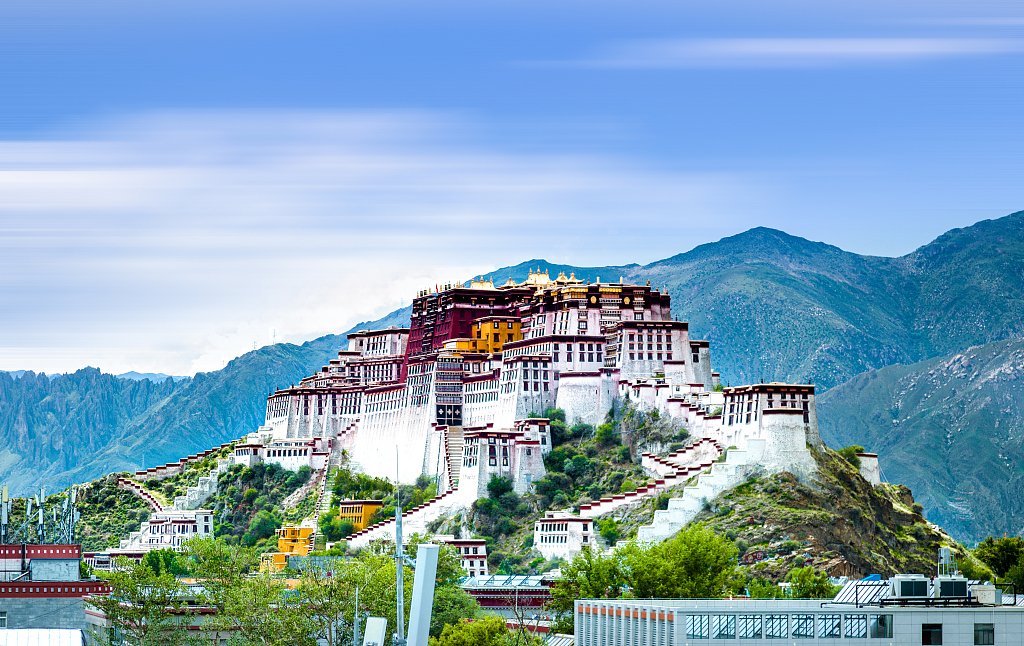In a remarkable environmental initiative, the Xizang Autonomous Region has undertaken the largest afforestation project in the region, aiming to transform the mountainsides along the Lhasa River Valley into verdant landscapes on the Qinghai-Xizang Plateau, often referred to as the “Roof of the World.”
Launched in 2021, this ambitious afforestation project focuses on the northern and southern mountainous regions surrounding Lhasa, the capital city. To date, the project has successfully added approximately 23,500 hectares of lush forests, incorporating more than 47 million trees into the city’s ecosystem.
Nanshan Park, nestled beside the Lhasa River and to the south of the iconic Potala Palace, now showcases an enchanting vista of flourishing trees and babbling streams. Li Baoping, a senior official of the Lhasa Municipal Forestry and Grassland Bureau, expressed the transformation, stating, “When I first arrived in Xizang in the early 1990s, the land from the west side of the Potala Palace to the western suburbs was mainly for vegetable farming. In the mountains around Lhasa, there were only small amounts of grass. The afforestation project in the northern and southern mountains has increased the artificial forest area by dozens of times.”
The vision of Xizang is to turn Lhasa into an ecologically vibrant city, encapsulated by “green mountains surrounding the north and south, and green water encircling the ancient city.” To realize this vision, Xizang has committed to long-term efforts. Despite Lhasa’s geographical similarity in latitude to Shanghai, the city’s high altitude and arid, cool climate necessitate planting tree species with resistance to drought and frost. The Lhasa River plays a pivotal role in providing water for uphill irrigation.
Bkra Shis, a staff member of Nanshan Park, attests to the project’s significance, stating, “These trees and grass are my life to me. Now, with trees having the next generation and wild animals thriving on the mountains, arrivals of tourists are increasing.”
The extensive afforestation project, slated for completion by 2030, will cover an area spanning approximately 138,000 hectares. Once finalized, it will increase water storage by 49.8 million tonnes, sequester 230,000 tonnes of carbon annually, and generate 190,000 tonnes of oxygen each year.
China, recognizing the Qinghai-Xizang Plateau’s critical ecological importance, enacted a law on ecological conservation for the plateau in 2023. This legislation mandates local governments to fulfill their responsibilities in ecological restoration, protection, risk prevention, industrial optimization, and maintaining the plateau’s ecological security.
So far, 50 percent of Xizang’s land area has been included within eco-environmental conservation red lines, with 47 nature reserves spanning over 410,000 square kilometers.
In addition to its ecological impact, the afforestation project has become a source of increased income for local farmers and herders, creating an average of 537,000 ecological protection jobs for the public each year over the past seven years.
Read More:
